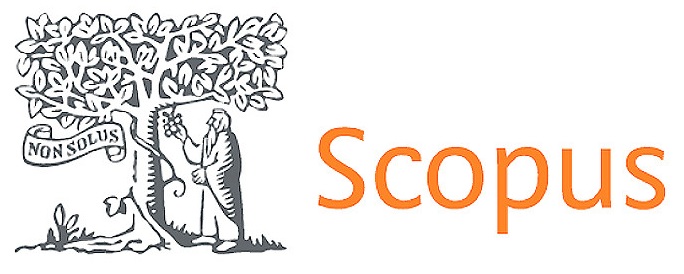Modulation of the sensory and chemical profiles of cocoa liquor (Theobroma cacao L.) through efficient microorganisms and fruit extracts in fermented beans of the CCN-51 and Nacional varieties
DOI:
https://doi.org/10.56294/saludcyt20252509Keywords:
Controlled fermentation, Microbial inoculants, Fruit-based matrices, Sensory properties, Postharvest quality, Cocoa genotypesAbstract
Introduction: cocoa fermentation is a key biotechnological process that defines the chemical and sensory quality of the liquor. The incorporation of efficient microorganisms (EM) and fruit extracts has been proposed as a strategy to modulate fermentative metabolism and enhance the attributes of the final product.
Method: two cocoa varieties (CCN-51 and Nacional) were evaluated under a three-factor design with different EM concentrations (0, 40, and 80 %) and diluted extracts of banana, passion fruit, and jackfruit. Physicochemical variables (pH, titratable acidity, moisture, ash, protein, and energy) and sensory attributes (color, appearance, aroma, flavor, and aftertaste) were analyzed using ANOVA and interaction tests.
Results: pH and acidity showed highly significant differences for EM% and its interaction with the extracts, indicating greater lactic-acid and acetic-oxidative activity. Moisture was modulated by the combined action of EM and fruit matrices, particularly in treatments with passion fruit and banana. Ash content showed effects only in interactions, while protein and energy depended mainly on the genotype. Sensory analysis revealed that CCN-51 developed darker tones, satin surfaces, and fruity-cocoa profiles, whereas Nacional exhibited toasted, bitter notes and more persistent aftertastes.
Conclusions: the co-application of EM and fruit extracts significantly modulated the biochemical profile and sensory expression of the cocoa liquor, with contrasting responses between varieties. These findings support the use of combined bioprocesses to optimize functional and organoleptic attributes for specialty cocoa markets.
Published
Issue
Section
License
Copyright (c) 2025 Luis Humberto Vásquez Cortez, Silvia Cristina Clavijo Velázquez , Sanyi Lorena Rodríguez Cevallos , Manuel Danilo Carrillo Zenteno, Carol Daniela Coello Loor (Author)

This work is licensed under a Creative Commons Attribution 4.0 International License.
The article is distributed under the Creative Commons Attribution 4.0 License. Unless otherwise stated, associated published material is distributed under the same licence.



